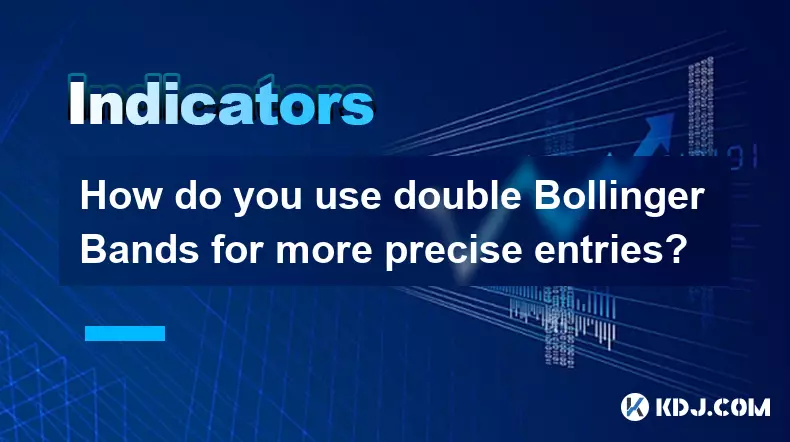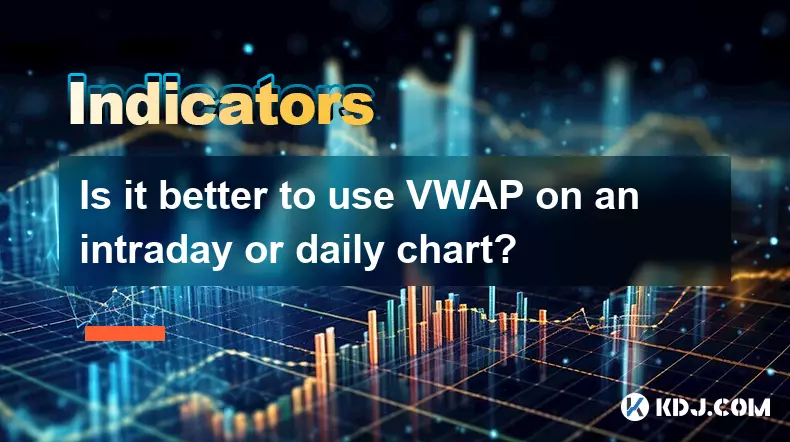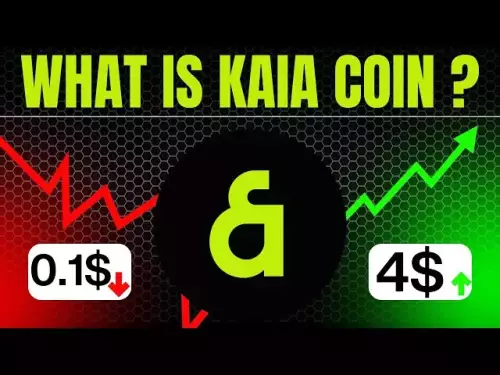-
 bitcoin
bitcoin $112715.707551 USD
-1.71% -
 ethereum
ethereum $4101.475385 USD
-3.01% -
 tether
tether $1.000644 USD
-0.02% -
 bnb
bnb $1207.619465 USD
-6.77% -
 xrp
xrp $2.501451 USD
-3.98% -
 solana
solana $202.947124 USD
-3.32% -
 usd-coin
usd-coin $1.000295 USD
0.04% -
 dogecoin
dogecoin $0.203884 USD
-4.47% -
 tron
tron $0.317154 USD
-1.72% -
 cardano
cardano $0.695009 USD
-4.43% -
 hyperliquid
hyperliquid $38.853961 USD
-8.23% -
 chainlink
chainlink $18.988674 USD
-4.64% -
 ethena-usde
ethena-usde $1.000233 USD
-0.03% -
 stellar
stellar $0.337050 USD
-3.63% -
 bitcoin-cash
bitcoin-cash $536.861728 USD
-1.28%
How do you use double Bollinger Bands for more precise entries?
Double Bollinger Bands enhance crypto trading by combining price and oscillator signals to filter false breakouts and identify high-probability reversal zones with improved accuracy.
Oct 11, 2025 at 07:54 pm

Understanding Double Bollinger Bands in Crypto Trading
1. The Double Bollinger Bands (DBB) system enhances the traditional Bollinger Bands by incorporating two sets of bands: one based on price and another derived from an oscillator, typically the %B indicator or RSI. This dual-layer approach provides traders with a more refined view of volatility, momentum, and potential reversal zones within the highly fluctuating cryptocurrency markets.
2. In standard Bollinger Bands, a 20-period moving average with two standard deviations forms upper and lower bands. The DBB adds a second set using the same parameters but applied to a normalized oscillator. This allows traders to identify not just overbought or oversold price levels, but also confirm whether momentum supports a reversal or continuation.
3. When both bands contract simultaneously, it often signals a period of consolidation preceding a breakout. In crypto assets like Bitcoin or Ethereum, such patterns are common before major directional moves due to news events, macroeconomic shifts, or whale activity. Traders use this contraction as a preparatory phase, positioning for entries once price and momentum align.
4. One key advantage of DBB in the crypto space is its ability to filter false breakouts. Cryptocurrency charts frequently exhibit sharp spikes driven by leveraged positions or algorithmic trading. By requiring confirmation from both price bands and oscillator bands, traders reduce the risk of entering during volatile noise.
5. The visual overlap between the two band systems helps identify convergence zones. For instance, if price touches the lower Bollinger Band while the oscillator band remains above its lower threshold, the signal may lack strength. True high-probability setups occur when both layers confirm extremes.
Entry Signals Using Double Bollinger Bands
1. A valid long entry occurs when price reaches the lower outer band while the oscillator component simultaneously enters oversold territory—typically below the lower oscillator band. This dual confirmation suggests exhaustion in selling pressure and increasing odds of a bounce, especially in ranging or mean-reverting altcoin pairs.
2. Conversely, a short opportunity arises when price hits the upper outer band and the oscillator reflects overbought conditions within its own band structure. Such scenarios are common during pump cycles in low-cap tokens where momentum eventually stalls after rapid ascent.
3. Entries are further strengthened when candlestick patterns align with band interactions. For example, a bullish engulfing pattern forming at the lower band alongside oscillator reversal increases confidence in a long position. These confluences matter greatly in 24/7 crypto markets where sentiment shifts rapidly.
4. Some traders wait for the price to close back inside the inner band after touching the outer band, combined with the oscillator crossing back toward neutral. This delayed entry reduces whipsaw risk, particularly during sideways chop in stablecoins or exchange-based tokens.
5. Volume analysis can be layered on top of DBB signals. A spike in volume during a band touch reinforces the validity of the move. In Bitcoin futures, for instance, high open interest changes at band extremes often coincide with institutional positioning, adding weight to the signal.
Risk Management and Parameter Adjustments
1. Default settings of 20 periods and 2 standard deviations work across many timeframes, but crypto traders often adjust these based on asset volatility. For highly erratic tokens, widening to 2.5 standard deviations prevents premature signals. For stablecoins or blue-chip cryptos, tighter bands may capture quicker reversals.
2. Stop-loss placement is commonly set just beyond the outer band. If price breaches both the price and oscillator bands significantly, it may indicate a strong trend override. In such cases, exiting prevents large drawdowns during unexpected news-driven rallies or crashes.
3. Position sizing should reflect the timeframe used. On shorter intervals like 15-minute charts, DBB generates frequent signals that require smaller allocations per trade. On daily charts, fewer but higher-conviction setups justify larger capital deployment.
4. Backtesting DBB on historical crypto data reveals performance varies by market regime. In trending phases, countertrend DBB signals fail more often. During range-bound periods, they excel. Adapting strategy based on broader market context improves consistency.
5. Traders must avoid mechanical reliance on DBB without considering macro factors like regulatory updates, exchange outages, or on-chain metrics such as exchange netflow or funding rates. These external forces can invalidate technical setups even when DBB alignment appears perfect.
Frequently Asked Questions
What oscillators work best with Double Bollinger Bands in crypto trading?The Relative Strength Index (RSI) is widely used due to its clear overbought and oversold thresholds. Stochastic Oscillator and %B are also effective, especially when calibrated to match the volatility profile of specific cryptocurrencies.
Can Double Bollinger Bands be applied to intraday scalping strategies?Yes, on timeframes as short as 5 minutes. However, increased noise requires tighter stop-losses and stricter confirmation rules. Scalpers often combine DBB with order book depth and time & sales data for precision.
How does DBB perform during major crypto news events?Performance declines during sudden news shocks because volatility expands beyond normal band expectations. Price may stay outside bands for extended periods, leading to premature entries. Caution is advised around scheduled announcements or macroeconomic data releases.
Is there a way to automate DBB-based entries?Algorithmic systems can code DBB logic using APIs from exchanges like Binance or Bybit. Conditions include price touching outer band, oscillator crossing threshold, and volume filter. Automated execution requires rigorous testing to handle slippage and latency.
Disclaimer:info@kdj.com
The information provided is not trading advice. kdj.com does not assume any responsibility for any investments made based on the information provided in this article. Cryptocurrencies are highly volatile and it is highly recommended that you invest with caution after thorough research!
If you believe that the content used on this website infringes your copyright, please contact us immediately (info@kdj.com) and we will delete it promptly.
- Elon Musk, Dogecoin, and the Elusive Rally: What's the Deal?
- 2025-10-15 12:25:13
- BTC, ETH, and Crypto Presales: Navigating the Storm with MoonBull & LivLive
- 2025-10-15 11:05:13
- BlackRock's Bitcoin ETF Buzz Down Under: Australia's Crypto Scene Heats Up
- 2025-10-15 11:45:15
- Trump, Bitcoin, and Trump Media: A New York Minute on Crypto's Latest Twist
- 2025-10-15 11:05:13
- Altcoin Season Incoming? Historical Setups and Trends to Watch
- 2025-10-15 11:45:15
- Crypto Scam Crackdown: Cambodian Executive, Bitcoin Seizure, and a $14 Billion Heist
- 2025-10-15 11:10:00
Related knowledge

What's the main difference between VWAP and TWAP?
Oct 12,2025 at 11:54am
Understanding VWAP and Its Role in Crypto Trading1. Volume Weighted Average Price (VWAP) is a trading benchmark that calculates the average price of a...

How do you identify exhaustion moves using VWAP and its bands?
Oct 12,2025 at 08:00am
Understanding the Role of Decentralized Exchanges in Crypto Trading1. Decentralized exchanges (DEXs) operate without a central authority, allowing use...

Is it better to use VWAP on an intraday or daily chart?
Oct 15,2025 at 02:01am
Intraday Trading and the Role of VWAP1. Intraday traders frequently rely on VWAP (Volume Weighted Average Price) as a dynamic benchmark for assessing ...

How do you use VWAP to scale in and out of positions?
Oct 14,2025 at 02:19am
Understanding VWAP as a Dynamic Benchmark1. The Volume Weighted Average Price (VWAP) is not just an indicator—it functions as a dynamic benchmark that...

What are the main advantages of using VWAP over EMA?
Oct 11,2025 at 02:18am
Main Advantages of Using VWAP Over EMA1. Volume-Weighted Average Price (VWAP) incorporates trading volume into its calculation, offering a more accura...

How do you use VWAP on different chart types like Heikin Ashi?
Oct 11,2025 at 05:01pm
Understanding VWAP in the Context of Heikin Ashi Charts1. The Volume Weighted Average Price (VWAP) is a powerful analytical tool commonly used by trad...

What's the main difference between VWAP and TWAP?
Oct 12,2025 at 11:54am
Understanding VWAP and Its Role in Crypto Trading1. Volume Weighted Average Price (VWAP) is a trading benchmark that calculates the average price of a...

How do you identify exhaustion moves using VWAP and its bands?
Oct 12,2025 at 08:00am
Understanding the Role of Decentralized Exchanges in Crypto Trading1. Decentralized exchanges (DEXs) operate without a central authority, allowing use...

Is it better to use VWAP on an intraday or daily chart?
Oct 15,2025 at 02:01am
Intraday Trading and the Role of VWAP1. Intraday traders frequently rely on VWAP (Volume Weighted Average Price) as a dynamic benchmark for assessing ...

How do you use VWAP to scale in and out of positions?
Oct 14,2025 at 02:19am
Understanding VWAP as a Dynamic Benchmark1. The Volume Weighted Average Price (VWAP) is not just an indicator—it functions as a dynamic benchmark that...

What are the main advantages of using VWAP over EMA?
Oct 11,2025 at 02:18am
Main Advantages of Using VWAP Over EMA1. Volume-Weighted Average Price (VWAP) incorporates trading volume into its calculation, offering a more accura...

How do you use VWAP on different chart types like Heikin Ashi?
Oct 11,2025 at 05:01pm
Understanding VWAP in the Context of Heikin Ashi Charts1. The Volume Weighted Average Price (VWAP) is a powerful analytical tool commonly used by trad...
See all articles


























![Staking ATH: How To Stake $ATH in October 2025 with 523% APY — [Step-By-Step Guide] Staking ATH: How To Stake $ATH in October 2025 with 523% APY — [Step-By-Step Guide]](/uploads/2025/10/15/cryptocurrencies-news/videos/staking-ath-stake-ath-october-apy-stepstep-guide/68eef94d80903_image_500_375.webp)















































